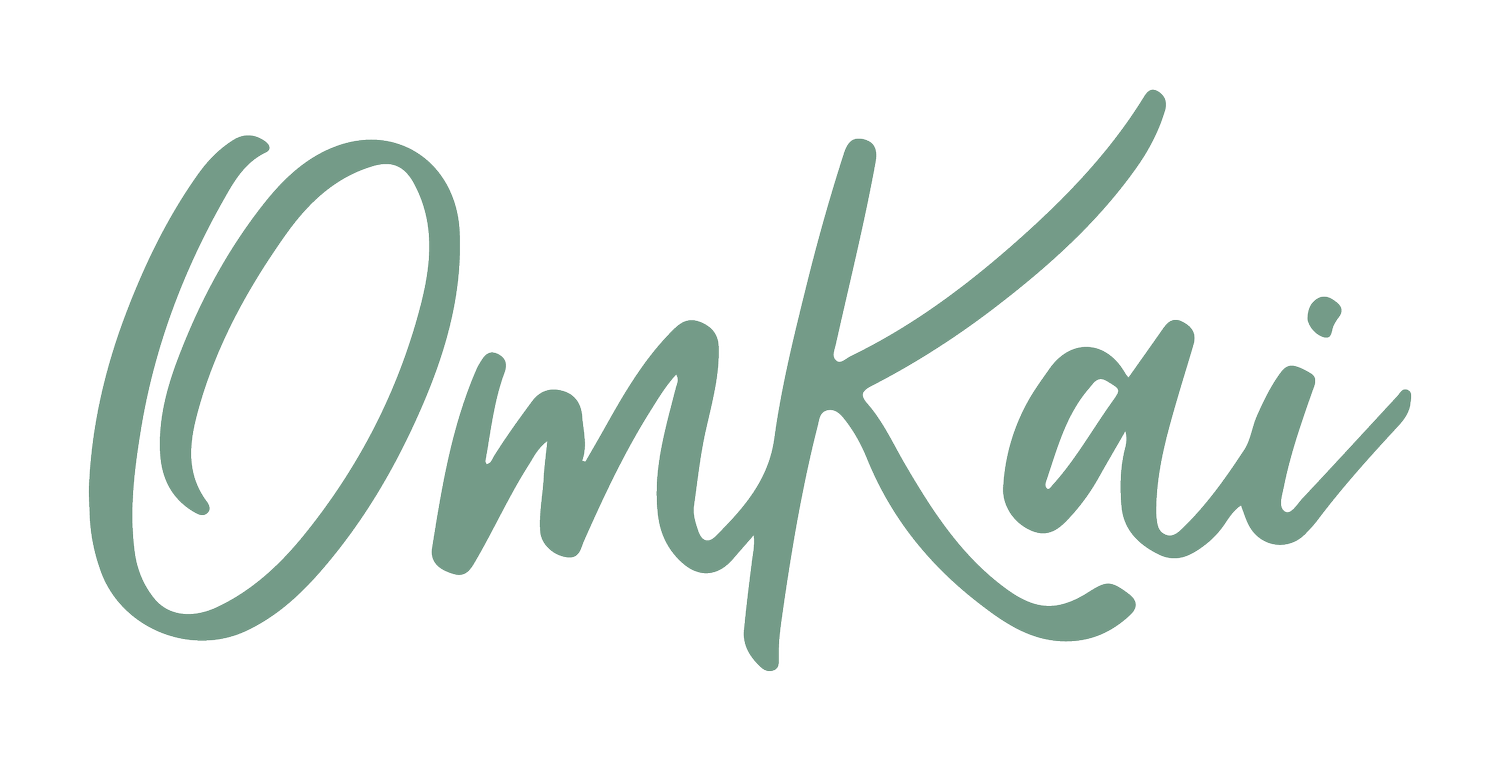Creating a Hummingbird Haven: My Journey to Attracting These Tiny Wonders
I grew up in Colorado, always surrounded by developed neighborhoods where nature felt more like a backdrop than a daily experience. But even in those settings, my love for hummingbirds started early. It wasn’t until my family began taking annual trips to a cabin in the mountains that my fascination truly deepened. Every morning, before anyone else woke up, I would sit quietly and watch the hummingbirds flit around, completely mesmerized.
Hummingbirds at the Cabin
Hummingbird visiting one of the many feeders after a rainstorm in Buena Vista.
For the longest time, I thought hummingbirds only lived in the mountains of Colorado. It wasn’t until adulthood that I started learning more about them—and what I discovered made me fall even more in love.
Little did I know that hummingbirds migrate through Colorado every year, from April to late September. We even have several species that pass through such as the broad tailed hummingbird, the Calliope Hummingbird, Rufous Hummingbird, and the Black Chinned Hummingbird!
And to my delight, I learned that even in an HOA neighborhood with limited trees, there are still ways to invite nature back into your yard. That became my mission.
We’ve been in our current home for almost five years, and each summer, I plant more and more flowers to attract hummingbirds. My goal is to create a safe haven for them—a little stopover where they can refuel and rest.
Of course, it hasn’t been without its challenges. The soil in new-build neighborhoods is notoriously terrible, which has made it an interesting experiment figuring out what flowers actually thrive. I’ve focused on planting as many tubular native flowers as possible, but I’ve also noticed that the hummingbirds don’t stay long. Likely because of the walking path behind our house and the large neighborhood dogs (which, for the record, my own dogs are strictly trained not to bother birds).
That’s when the idea hit me: what if I turned our upstairs balcony into a hummingbird oasis? A space where they could feel safe while stopping by to enjoy nectar and sugar water.
Last summer, I gave it a shot. I planted a variety of flowers that were supposed to be hummingbird magnets—Lantana, Petunias, and different types of Salvia.
Hummingbird Magnet
But to my surprise, they only cared about one: Hummingbird Forest Fire Salvia. They ignored the other flowers in the planter.
(Photo courtesy of NetPS Plant Finder)
Along with the flowers, I added a fountain, sugar-water feeders (which I clean regularly), and a few perches. By the end of the season, I had three regular visitors—and I was beyond thrilled.
But this summer, I want to take it even further.
I’ve spent the winter researching like crazy—reading books, following hummingbird-focused groups on Instagram, and learning everything I can about flowers. Here’s my plan for this year:
Keeping a hummingbird journal to track what works and what doesn’t.
Creating three planters for the balcony railing, filled mostly with Hummingbird Forest Fire Salvia.
Modifying the fountain by adding more rocks to make it shallower since I didn’t see any hummingbirds using it last year.
Adding a hanging plant with Fuchsia (and maybe another hummingbird-friendly option).
Providing more perches. I’ve read they like zip ties and even smooth electrical wire (as long as there’s no risk of their claws getting stuck).
Offering nesting materials like cattails, lichen, and dog hair. While they may not nest in our yard due to the lack of trees, I still want to provide materials that could help them—or other birds, like the house finches that nest in our front yard every year.
I know hummingbirds are territorial, so I may not see a flock of them at once. But I also know it’s possible—at the cabin in the mountains, it’s not uncommon to have thirty birds at the feeders at the same time.
A few products I’m loving right now:
The hummingbird feeder from Wild Birds Unlimited (highly recommend!). It’s easy to clean and doesn’t leak. Be sure to ONLY use granulated plain white sugar at a 1:4 ratio (1 part sugar to four parts water). And be sure to clean and change out sugar water every other day during the summer.
I can’t wait to see how this year unfolds, and I’ll be documenting the entire journey. If you’re also on a mission to attract hummingbirds, I’d love to hear what’s worked for you!


